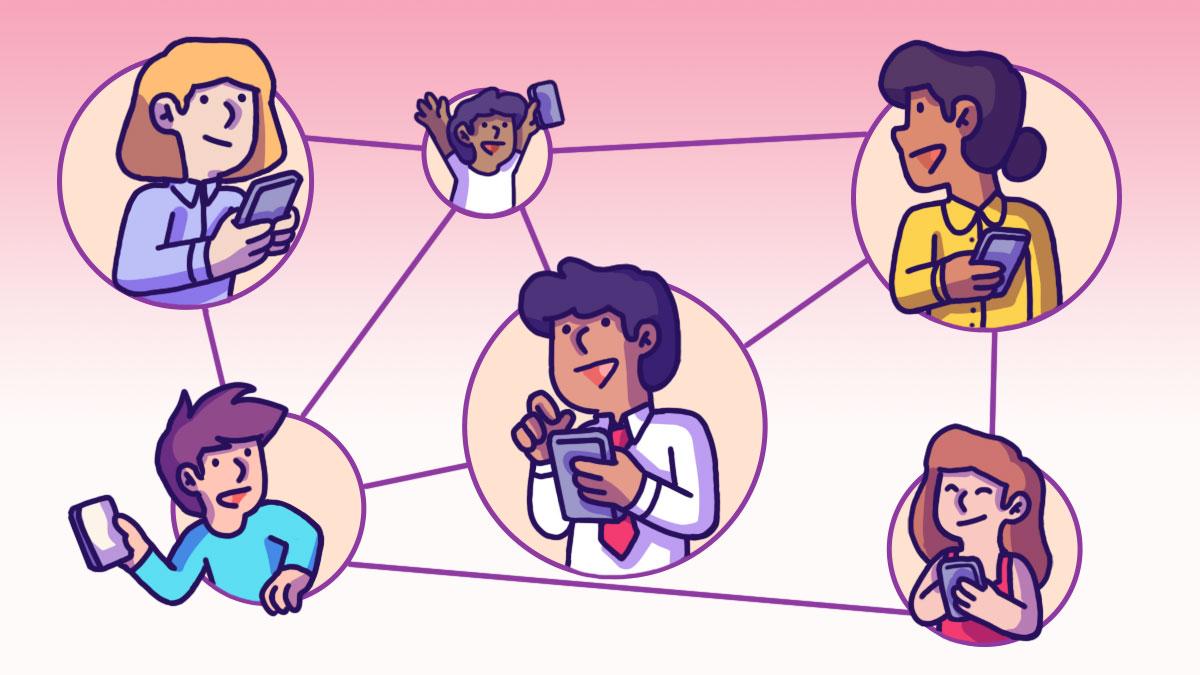Meta: Facebook’s bet on the metaverse
Facebook’s rebranding as Meta is Mark Zuckerberg’s most recent commitment towards developing a “metaverse company” following their launch of VR platform Horizon and their $10 billion investment in Reality Labs – an AR and VR design hub. Amazon, Alphabet (Google), and Microsoft have all expressed interest in creating a metaverse and – given the irretrievable costs involved in developing a metaverse system – these companies are perhaps the best placed to actualise the digital universe.Where the blockchain fits in
The blockchain is literally the building block of the metaverse and can be used to ensure its security and operation. Aside from its obvious application in digital currencies, blockchain technology is necessary for storing user generated data, which in the metaverse would amount to an inconceivable figure. As opposed to traditional centralised storage systems (e.g. cloud-based storage) where users’ data is commodified outside of their purview, a distributive data management system allows users to control their own data and provides them with transparency with respect to how their data is used. What’s more, the blockchain can guarantee the security of shared data and introduce smart contracts and access control to track the data-accessing behaviour of all users.The applications of metaverse
1. Gaming As one of the more obvious and popular applications of the metaverse, metaverse technology will allow players to interact with other players in a single virtual environment. This means:- A fully-fledged social environment within a game where every player can stay connected.
- The ability to implement digital currencies (cryptocurrencies) that players can earn within a metaverse environment.











